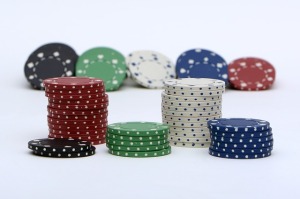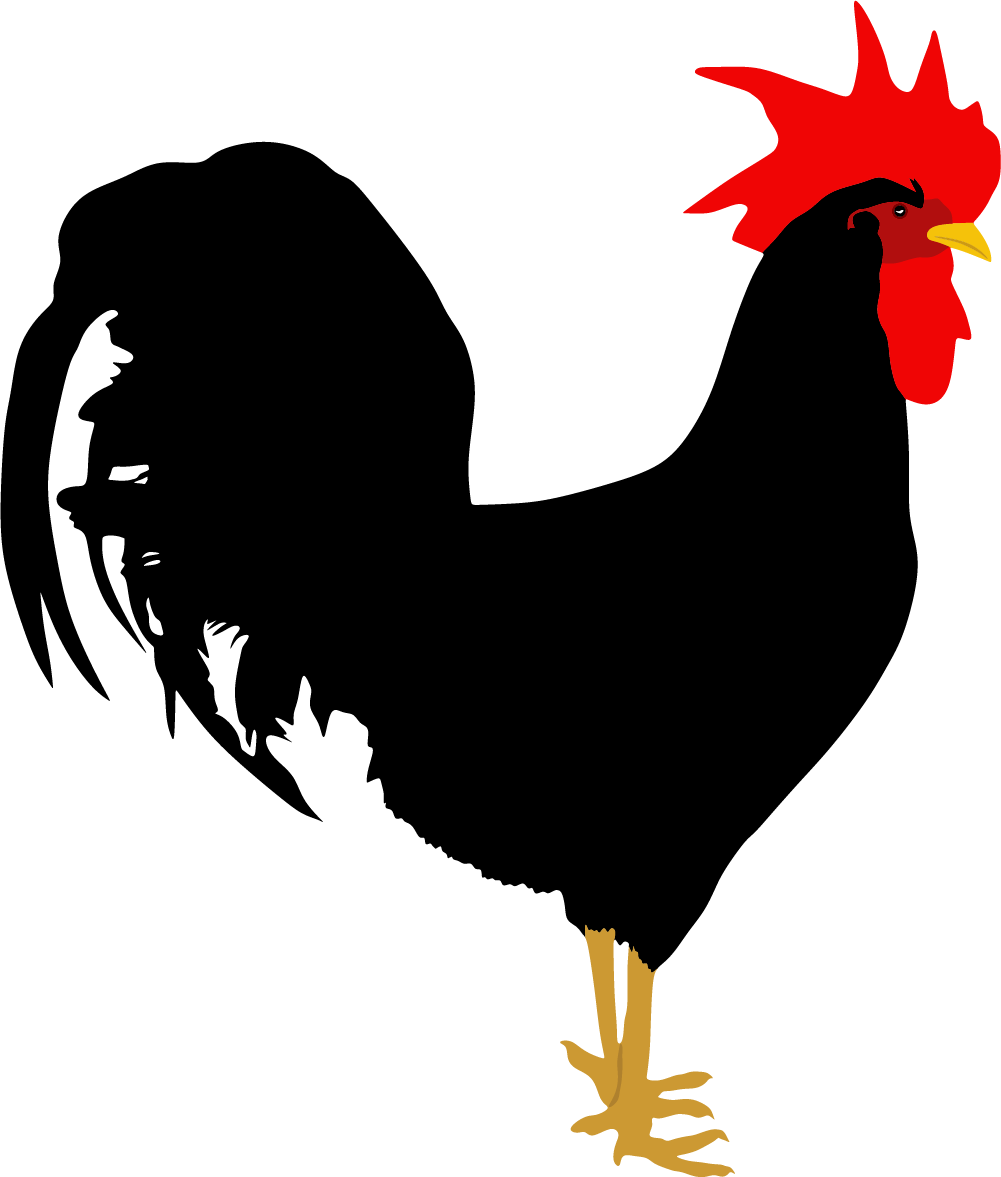Basic strategies in online Poker
Start playing
Before the cards are even dealt, the rules of the game of poker may require each player to place an initial bet on the pot, which is nicknamed ante.
After the initial Cards are dealt, each player will have their turn to act Clockwise.
As the cards come out, you build your hand and you have to make decisions. These are the basic poker strategies that you should pay attention to to start dealing cards, but they are not enough by themselves.

All Slots Casino
-
minimum deposit
10$10$
-
free spins
50 Free Spins50 Free Spins
-
Country of licence
025 (SRIJ)025 (SRIJ)
-
Operating since
20202020
-
Number of games
336 games336 games
-
Website
All Slots.ptAll Slots.pt
18+. T&Cs apply.

888 Casino
-
minimum deposit
10$10$
-
free spins
$ 8 free$ 8 free
-
Country of licence
SRIJSRIJ
-
Operating since
20192019
-
Number of games
369 games369 games
-
Website
casino.888.ptcasino.888.pt
18+. T&Cs apply.
Make the right decisions
Decisions are not always easy in life, and Poker is no different.
This is particularly relevant in Online Poker , where every decision you make will be against the clock.
Every time it's your turn to play, you should keep the following questions in mind:
- How are the other players playing?
Are they aggressive? Conservatives? Calm?
- What hands can other players have?
Based on the analysis of any signals or betting patterns you have noticed.
- What hand do my opponents think I have?
If you pass a calm image, they will probably think that you got a good hand .
After answering the above questions, you will have consolidated the knowledge you need to decide what to do based on basic poker strategies:
- Dev what to bet (or raise)?
If you think you have the best hand – almost always bet or raise.
If you think you can force weak opponents out of the pot, bet or raise.
If you think you have the worst hand, most of the time it is preferable to fold.
If you think your opponents are too strong, most of the time it's better to give up.
O poker it is above all a game of information and analysis. To succeed, you must use all the information you gather throughout the game to your advantage to reach a logical decision.
The math behind a poker game

You've probably noticed that poker is much more than a card game. We usually see the same players over and over again at the biggest tournaments in the world . This suggests poker as an exact science, where through calculations and probabilities it is possible, in the long run, to make a difference.
To be part of this group of winners, you need to make decisions based on reason and poker mathematics. For this, it is important that you learn concepts such as: calculation of outs, pot odds , and implied odds , as well as understanding the mathematics of poker in a more general sense.
Advanced strategies in poker
The playing styles of online poker players are usually divided in this way:
- Tight-aggressive . It does not participate much in the hands. Attacks when you have a hand with a very high probability of winning the competition.
- Tight-passive. You wait a lot during the game and place few bets. You only risk raising the bet if you have a very strong hand
- Loose-Aggressive. He plays almost every hand. Bets are placed regardless of whether or not you have a good hand.
- Loose-Passive. You don't usually raise your hand much during the poker game. Participates in virtually every hand
How to defend your position
When we use the term by position in poker, we mean the place you occupy at the table in relation to other players.
Playing in a favorable position gives you the advantage of seeing how other players react before your turn to play.
Each position has its own characteristics:
- BTN: The player with the dealer button (BTN) is the last to act after the flop and has the most advantageous position at the table, as he is always the last to speak.
- SB: The player to the left of the dealer (BTN), the small blind you will be the first to have the action after the flop.
- B: The player to the left of small blind is the big blind . He is obliged to call the initial bet and is also in starting position after the flop.
- UTG: The player to the left of big blind is the under the gun or UTG . This player is the first to act on the preflop and is considered the worst position, so why he just won't be the first to speak on the postflop in case the small blind or the big blind be in the game.
- JOINT: The player to the right of the button is called cutoff . This name comes from the fact that this position is one of the best to steal the blinds .

Bluff like a Pro
This classic is often associated with the game itself and is part of the advanced poker strategies you should be aware of if you want to succeed at the table.
Bluffing requires you to be an aggressive player, as it is usually the aggressive players who win.
These can win the pot in two ways: have the best hand in the showdown , or everyone else give up before the showdown .
That said, it is not about using a blind aggression, but rather one that is carefully selected and applied at the right time.
- Read the game dynamics at your table: it will be easier to determine how often you should bluff.
- Betting: it is more difficult to bluff micro bets because players are generally happier with the call.
- As it demands more of you, bluffing should become a more common part of your online poker game.
- Number of players in the hand: the more players there are in a hand, the less likely you are to bluff.
- Your image: if you are overly aggressive and / or your bluff has been discovered, you should try to bluff less often and bet more.
Study the odds
Understanding what odds are in poker, the advanced strategies and how to use them is essential if you want to make money in the long run. However, it is by working with the odds that you are taking the first step on the way to mastering the mathematical side of poker strategy.
How do odds work in poker?
- Pot odds are the ratio of the size of the pot to the size of the bet. If the starting pot is $10 and a player bets $5 (half of the pot), then the size of the pot is now $15, i.e. you face a $5 bet.
- The pot odds are 15:5 or reducing, the ratio becomes 3: 1. You can work with this 3:1 ratio later to convert to percentage. Add the two sides, which equals four. Now divide 100% by four and you have four equal parts of 25%. Multiplying both sides of the 3:1 ratio by 25%, you get a ratio of 75%: 25%.
- When applying this way of calculating the odds in poker, you should get the best hand at least 25% of the time for a profitable call, without taking into account any further action. Trying to predict what will happen later in the hand increases the complexity of calculations.























